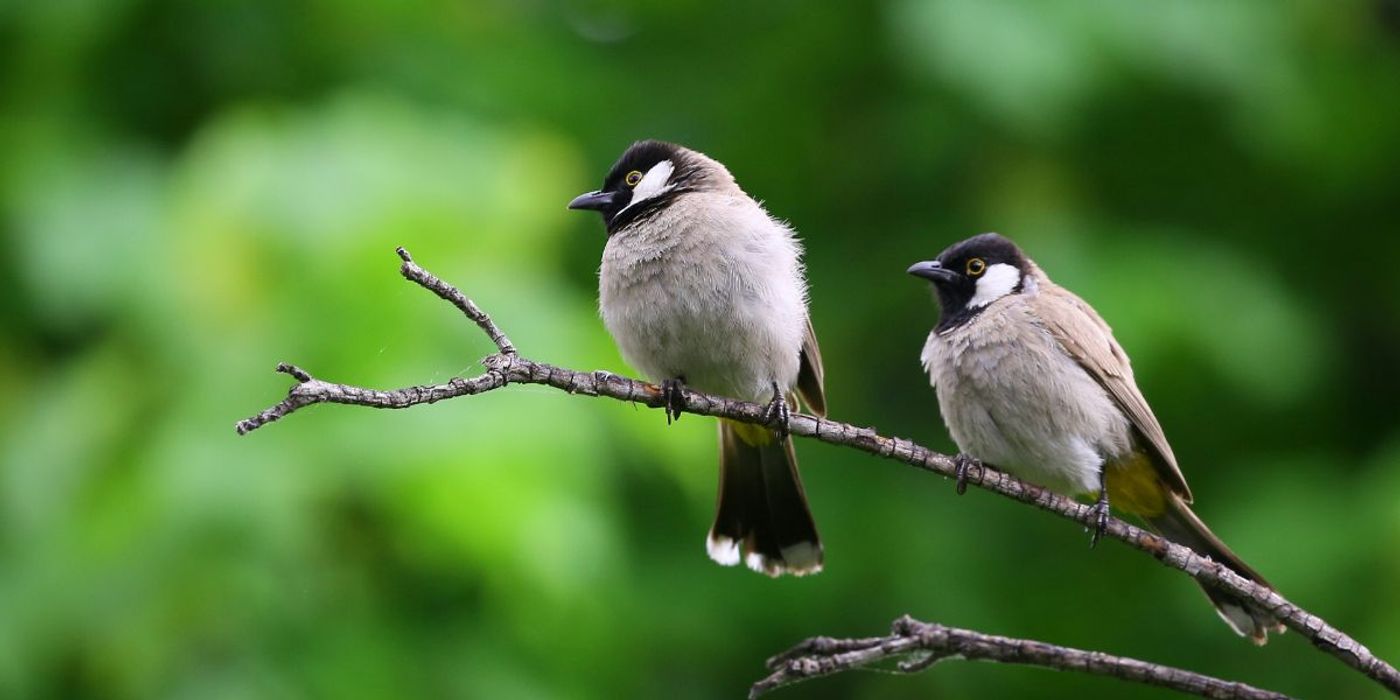COVID-19 Lockdowns Expanded Bird Habitats in Cities

In spring 2020, the researchers recruited over 900 community scientists at over 429 monitoring sites in the Pacific Northwest to record the birds they observed over a 10-minute period at least once per week for three months in their backyards and parks. The research focused on 46 bird species overall, which were documented in over 6,640 individual surveys.
"I am loving being a part of this!" said Nadine Santo Pietro, a study volunteer, in a written comment as part of the project, "I signed up to observe once a week for 10 minutes, but it has become so much more than that. … I am learning so much! And it's given me something positive to focus on during this strange time we are in right now."
While people tended to spend most of spring 2020 indoors, over the study period, many started to venture outside. As people started to return to public spaces, volunteers noted increased sightings of several bird species in backyards and parks. This, noted the researchers, means that birds may have been elsewhere during the height of the lockdowns but then returned to vegetated areas as human activity increased again.
"For about half of the species we observed, neither land use nor canopy cover had an effect on their site use. That's very interesting, because we would expect that whether a habitat was mostly covered in concrete or vegetation would tell you something about what birds would be there," said Dr. Olivia Sanderfoot, Postdoctoral scholar at the University of California, Los Angeles, lead author of the study.
The researchers further found that human mobility affected the detection of 76% of study species- including great blue herons and downy woodpeckers- meaning that different species reacted differently to day-to-day changes in human activity.
The researchers wrote that their study showcases how existing community science platforms can be leveraged to support local monitoring efforts. Dr. Sanderfoot also noted that their findings highlight the importance of building green spaces in cities.
Sources: Science Daily, Nature








